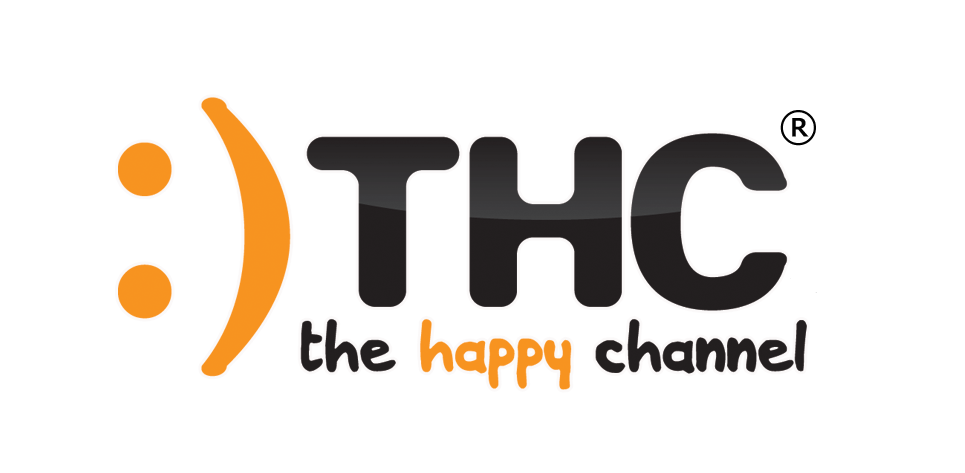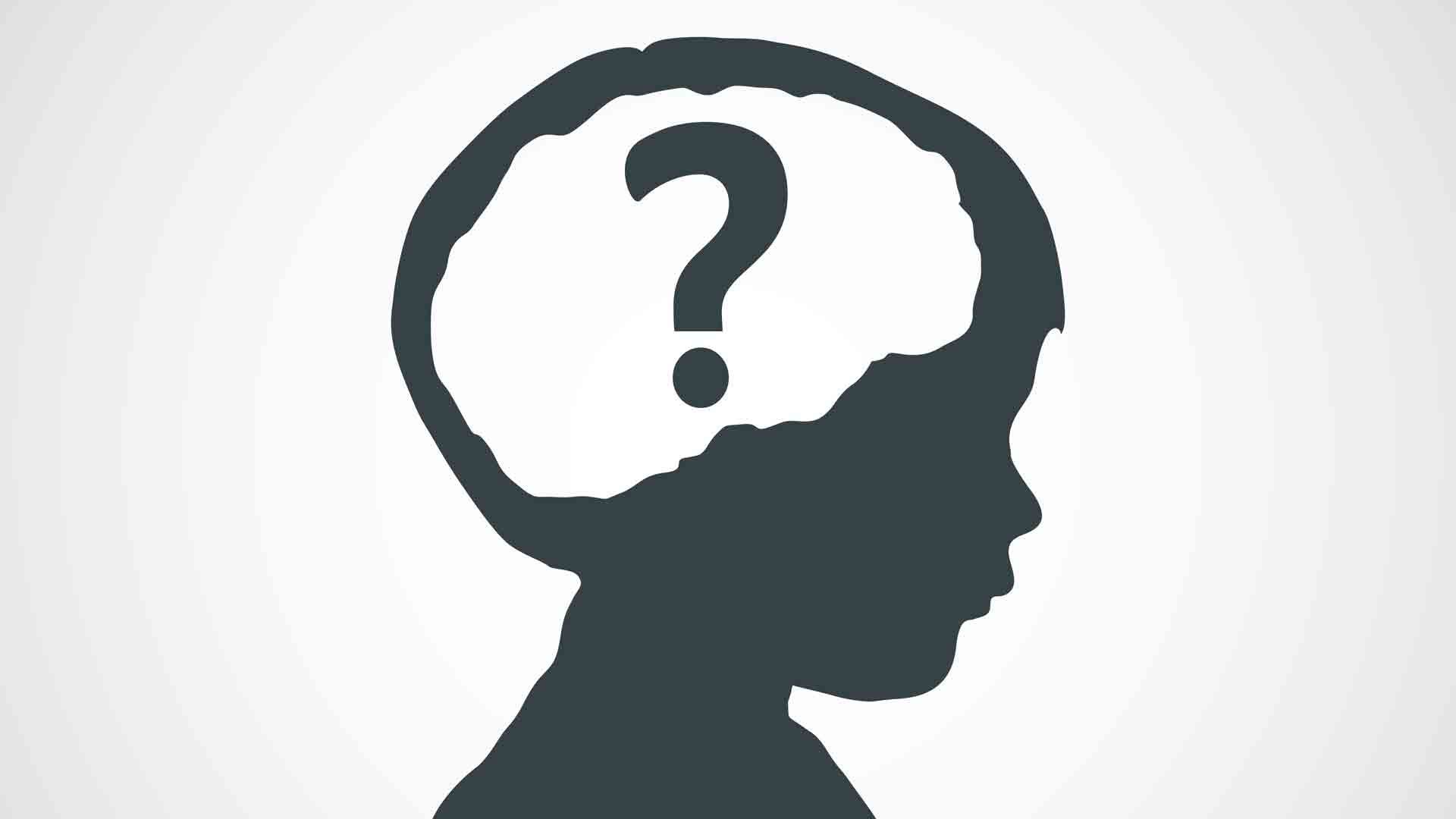In the classroom, subjects are often presented as settled and complete. Teachers lecture students on the causes of World War I, say, or the nature of matter, as if no further questioning is needed because all the answers have been found.
In turn, students regurgitate what they’ve been told, confident they’ve learned all the facts and unaware of the mysteries that remain unexplored. Without insight into the holes in our knowledge, students mistakenly believe that some subjects are closed. They lose humility and curiosity in the face of this conceit.
But our collective understanding of any given subject is never complete, according to Jamie Holmes, who has just written a book on the hidden benefits of uncertainty. In “Nonsense: The Power of Not Knowing,” Holmes explores how the discomforting notions of ambiguity and uncertainty affect the way we think and behave. Confronting what we don’t know sometimes triggers curiosity.
He wants students to grapple with uncertainty to spark their curiosity and better prepare them for the “real world,” where answers are seldom clear-cut or permanent. Whether exploring black holes or a Shakespearean sonnet, students should be comfortable challenging the received wisdom. There’s already a believer of the uncertain in science — Columbia neuroscience professor Stuart Firestein, who argues that “insightful ignorance” drives science.
“We’re much more certain about facts than we should be,” Holmes said. “A lot of this will be challenged, and it should not be embarrassing.”
If students can be made to feel comfortable with uncertainty — if they’re learning in an environment where ambiguity is welcome and they are encouraged to question facts — then they are more apt to be curious and innovative in their thinking.
Approaching knowledge this way is difficult for students and teachers, however, because ambiguity spurs unpleasant feelings. Indeed, studies show that the typical response to uncertainty is a rush for resolution, often prematurely, and heightened emotions.
“Our minds crave closure, but when we latch onto it prematurely we miss beautiful and important moments along the way,” Holmes said, including the opportunity to explore new ideas or consider novel interpretations. And teachers have additional challenges in presenting facts as fluid: appearing less than certain about their field of expertise can feel risky in a classroom of merciless teenagers.
But teachers who hope to inspire curiosity in their students, and to encourage tolerance for ambiguity, can take steps to introduce uncertainty into the classroom. Holmes offers several recommendations.
Address the emotional impact of uncertainty. “The emotions of learning are surprise, awe, interest and confusion,” Holmes said. But because confusion provokes discomfort, it should be discussed by teachers to help students handle the inevitable disquiet. “Students have to grow comfortable not just with the idea that failure is a part of innovation, but with the idea that confusion is, too,” Holmes writes. Teachers can help students cope with these feelings by acknowledging their emotional response and encouraging them to view ambiguity as a learning opportunity.
Assign projects that provoke uncertainty. One way to help students grow more comfortable with confusion is to assign projects that are likely to flummox them. Holmes identifies three techniques for doing so: inviting students to find mistakes; asking them to present arguments for alien viewpoints; and providing assignments that students will fail. “The best assignments should make students make mistakes, be confused and feel uncertain,” he said.
Adopt a non-authoritarian teaching style to encourage exploration, challenge and revision. Teachers who instruct with a sense of humanity, curiosity and an appreciation for mystery are more apt to engage students in learning, Holmes explained. “Those with an outlook of authority and certainty don’t invite students in,” he said. Also, when teachers present themselves as experts imparting wisdom, students get the mistaken idea that subjects are closed. “Teachers should help students find ways to think and learn,” he said. “The best teachers are in awe of their subjects.”
Emphasize the current topics of debate in a field. To give students a clearer sense of the mutability of facts, discuss the ongoing debates among academics and others on some “settled” subjects. Sharing what researchers, historians and theorists are arguing about now makes clear that questioning and challenging facts are what drive discovery.
Invite guest speakers to share the mysteries they’re exploring. In his class on ignorance, Columbia professor Firestein welcomes scientists across a spectrum of fields to talk about the unknowns they’re investigating. Chemists, statisticians, zoologists and others share with students the ambiguities that excite them, opening students’ minds to the vast unknowns waiting to be examined.
Show how the process of discovery is often messy and non-linear.Rather than present breakthroughs as the logical result of a long trek toward understanding, teachers can share with students how discoveries are often made: through trial and error, missteps, happy accidents and chance. Firestein describes scientific discovery as “groping and probing and poking, and some bumbling and bungling, and then a switch is discovered, often by accident, and the light is lit.” All the poking around in the unknown, he adds, is what makes science exhilarating.
How Could This Look At Home?
When Mollie Cueva-Dabkoski was growing up, her mother took her to the library every week to read stories together. When the storytelling ended, her mother asked questions that challenged the narrative and pressed Mollie to reconsider the protagonist’s motives, or to rethink the gender norms.
“She pushed me to question the world around me,” Cueva-Dabkoski said.
Cueva-Dabkoski, however, was troubled by all that she didn’t know. Raised by a single mother in San Francisco, and educated at an underfunded public school nearby, she worried that her ignorance about all manner of subjects would interfere with her ability to perform at college. Cueva-Dabkoski had always been curious and driven, but she doubted whether she possessed sufficient intellectual tools.
Awareness of the gaps in her knowledge spurs Cueva-Dabkoski to learn. So, she decided, “I taught myself how to be a critical thinker.” Today, she’s a junior at Johns Hopkins University, majoring in sociology and public health.
Though Cueva-Dabkoski laments what she calls the “product-driven” nature of higher education, she continues to challenge and explore, inside the classroom and out. As a teenager, Cueva-Dabkoski began to make a list of concepts she wanted to understand by age 20, and she continues to work her way down the list. Some subjects on that list? String theory, democracy in Burma, the history of Bhutan. How to explain her wide-ranging curiosity? “There are big gaps in my knowledge,” she said.
Source: http://www.dailygood.org/
Author: Linda Flanagan
Original Article: http://www.dailygood.org/more.php

